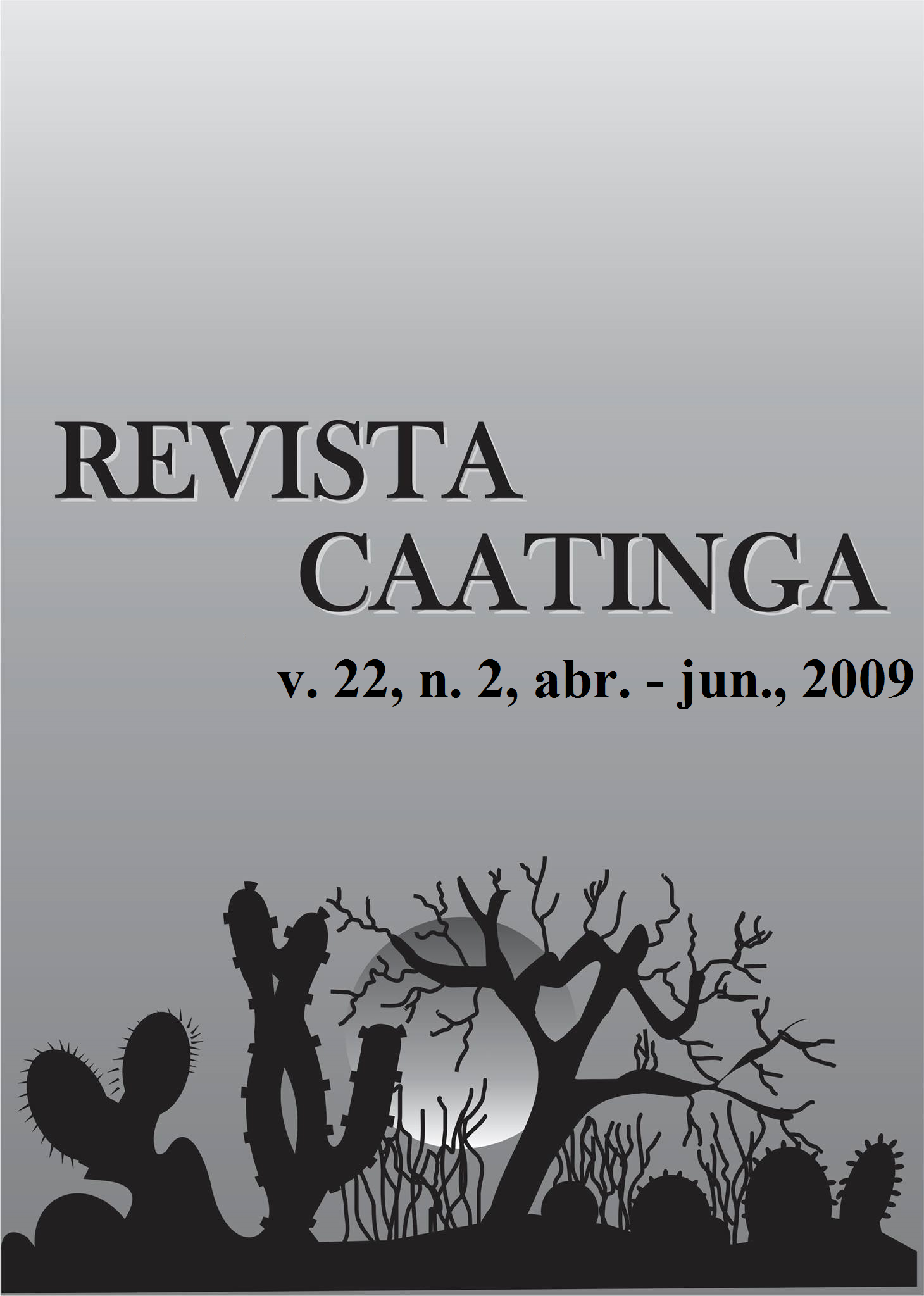PHYSICAL-CHEMICAL CHARACTERIZATION OF ATEMÓIA FRUIT IN DIFFERENT MATURATION STAGES
Palavras-chave:
Annona cherimola Mill. X Annona squamosa L., physiologic ripeness, chemical and physical characterization.Resumo
In sight of scarcity of references and information on the atemóia, this work considered to evaluate some chemical and physical analyses in intention to characterize two maturation stages. The used fruits in the experiment had been gotten in the Agropólo Mossoró-Assú, in the state of the Great River of the North. For this, the following analyses had been carried through: length and diameter of the fruit, total firmness of the pulp, soluble solids, pH, titulável total acidity and vitamin level C total. Differences between stadiums of maturation with degradation of the cellular components and the reserves of the fruits had been observed, thus reducing the firmness of the pulp and liberating simple sugars, respectively. It occurred increment in the acidity and consequence decrease in the value of pH. The vitamin C level didn’t suffer significant alterations between such stages.Downloads
Downloads
Publicado
Edição
Seção
Licença
Os Autores que publicam na Revista Caatinga concordam com os seguintes termos:
a) Os Autores mantêm os direitos autorais e concedem à revista o direito de primeira publicação, com o trabalho simultaneamente licenciado sob a Licença Creative Commons do tipo atribuição CC-BY, para todo o conteúdo do periódico, exceto onde estiver identificado, que permite o compartilhamento do trabalho com reconhecimento da autoria e publicação inicial nesta revista, sem fins comerciais.
b) Os Autores têm autorização para distribuição não-exclusiva da versão do trabalho publicada nesta revista (ex.: publicar em repositório institucional ou como capítulo de livro), com reconhecimento de autoria e publicação inicial nesta revista.
c) Os Autores têm permissão e são estimulados a publicar e distribuir seu trabalho online (ex.: em repositórios institucionais ou na sua página pessoal) a qualquer ponto antes ou durante o processo editorial, já que isso pode gerar alterações produtivas, bem como aumentar o impacto e a citação do trabalho publicado (Veja O Efeito do Acesso Livre).







